Ceramic Veneers
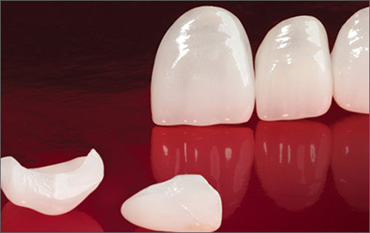
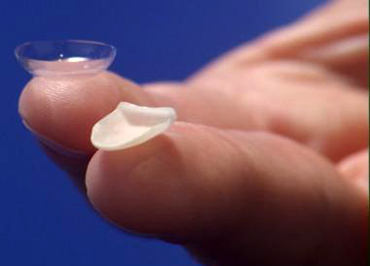
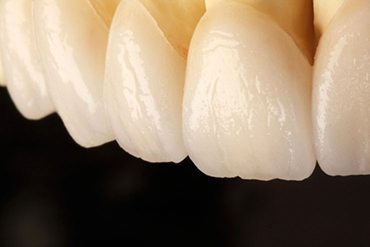
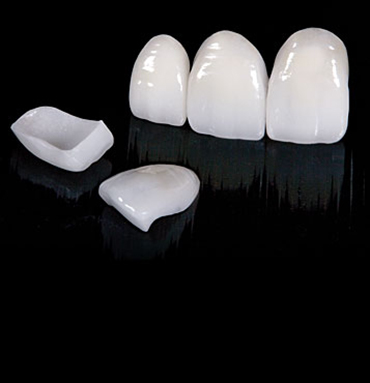
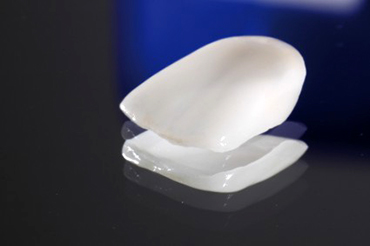
All of us want to have a beautiful face and a Hollywood smile. One of the most recent methods to achieve a beautiful transformation of a smile consists in the fitting of thin ceramic shells named ceramic veneers. Veneers are a key ingredient to cosmetic dentistry as they provide dazzling results.
Ceramic veneers are tooth-colored and are used to cover the front surface of the teeth for an improved appearance of the smile. They are fitted on the front part of the teeth in order to change the color, shape or size of the teeth.
Dental veneers are available in porcelain or composite material. Porcelain veneers are more resistant to staining and are more similar to natural teeth.
Dental veneers are usually used to achieve an aesthetic transformation of:
Discolored and stained teeth – where discoloration and staining is caused by root canal treatment, administration of tetracycline or other medication, fluoride excess or by other agents;
Chipped or broken teeth;
Crooked, misaligned or irregularly shaped teeth;
Gaps between the teeth (in order to close the gaps).
What is the procedure of having dental veneers fitted?
First of all, the dentist will examine your teeth and will determine whether dental veneers are an appropriate solution for you and will explain the procedure. After an x-ray examination, the dentist will take an impression of your teeth and will agree with you on the treatment plan. Patient’s involvement and participation is very important in this first step as the patient should inform the dentist about their needs and concerns.
The dentist will prepare the teeth to accommodate the veneers by shaving off about ½ mm of the tooth enamel. Then an impression of the teeth is taken and sent to the dental laboratory for the fabrication of the veneers. The veneers will be finally cemented into place for dazzling results.
Which are the advantages of ceramic veneers?
1. They create a natural appearance of the teeth.
2. Gum tissue tolerates ceramic well.
3. Ceramic veneers are resistant to staining.
4. The color of ceramic veneers may be agreed prior to the procedure. This feature provides impressive results in combination with the teeth whitening procedure.
Which are the disadvantages of the ceramic veneers?
1. The procedure is irreversible.
2. As a portion of the tooth enamel is shaved off, patients may develop tooth sensitivity and feel pain when they eat or drink cold or hot foods and beverages.
3. Although unlikely, veneers may become loose and fall off. In order to reduce the risks, patients must avoid applying excessive pressure to the teeth and activities such as nail biting, chewing of pencil tops, ice or other hard objects.
The lifespan of ceramic veneers is 5-10 years. Afterwards they need replacing with new veneers or with ceramic crowns.
Are there any alternatives to dental veneers?
Yes, a valid alternative is ceramic fused to zirconia crowns. Dental veneers are a middle option. They are suitable for those patients who wish to have their teeth reshaped but not to such degree as to need ceramic crowns.
For further information on our offers visit our Prices & Offers page and request an

 English
English
